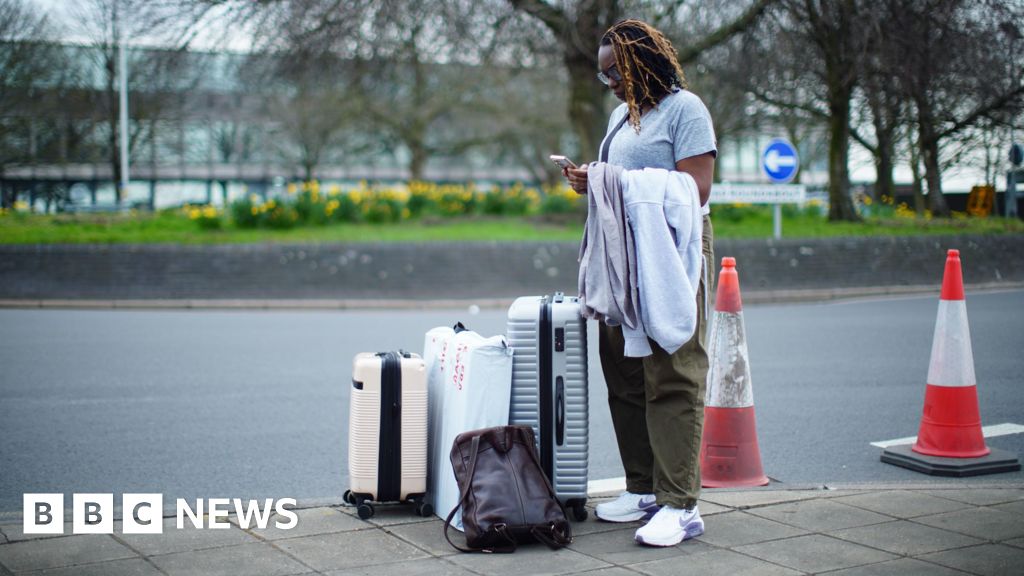
Heathrow’s Power Outage: A Case of Forewarned but Unprepared?
Last month’s power outage at Heathrow Airport, which crippled operations for over a day, has sparked serious questions about preparedness and risk management. The disruption, caused by a fire affecting a critical power supply, left thousands of passengers stranded and caused widespread chaos. But what’s particularly troubling is emerging information suggesting that the airport’s vulnerability to such an incident may have been flagged days before the event itself.
Reports indicate that Heathrow received warnings regarding the resilience of its power infrastructure. These warnings, presumably from internal assessments or external consultants, highlighted potential weaknesses and vulnerabilities within the system. The exact nature of these warnings remains unclear, but the fact that they existed raises crucial questions about the airport’s response. Did the warnings sufficiently detail the potential impact of a failure? Was a comprehensive risk assessment undertaken, exploring the potential consequences of a power outage and outlining mitigation strategies?
The scale of the disruption underscores the criticality of robust power infrastructure at a major international airport. Heathrow, a hub connecting millions of passengers worldwide, relies on a seamless and reliable power supply for its operations. Even a short-term interruption can cascade into widespread delays, cancellations, and significant financial losses for the airport, airlines, and passengers alike. The magnitude of the impact clearly demonstrates that the potential consequences of power failure were far-reaching and should have been at the forefront of risk management strategies.
The incident raises concerns about the effectiveness of the airport’s risk management framework. A robust framework should include proactive measures to identify, assess, and mitigate potential threats. This involves regular audits of critical infrastructure, developing contingency plans for various scenarios, and ensuring adequate redundancy to prevent single points of failure. In this instance, it appears that the warnings were not acted upon effectively or that the response was inadequate to address the known vulnerabilities.
Further investigation is crucial to determine the exact nature of the warnings received, the actions taken in response, and the reasons for the inadequate mitigation of the identified risks. This investigation should not simply focus on the immediate cause of the fire but should delve into the broader context of risk management and preparedness at the airport. The findings should inform improvements in infrastructure, operational procedures, and emergency response protocols to prevent similar incidents in the future.
The Heathrow power outage serves as a stark reminder of the critical importance of robust risk management in complex infrastructures. The cost of inadequate preparation extends far beyond financial losses; it impacts the travel experience of millions and undermines public confidence in the reliable operation of essential services. Moving forward, a thorough review and substantial investment in infrastructure resilience are paramount to ensure the smooth and safe operation of Heathrow Airport and other critical transportation hubs worldwide. Transparency in the investigation and a clear commitment to addressing the identified weaknesses are vital to restore trust and prevent future disruptions. The question isn’t just how the fire started, but how the potential for such a disruptive event went largely unaddressed despite prior warnings.



Leave a Reply